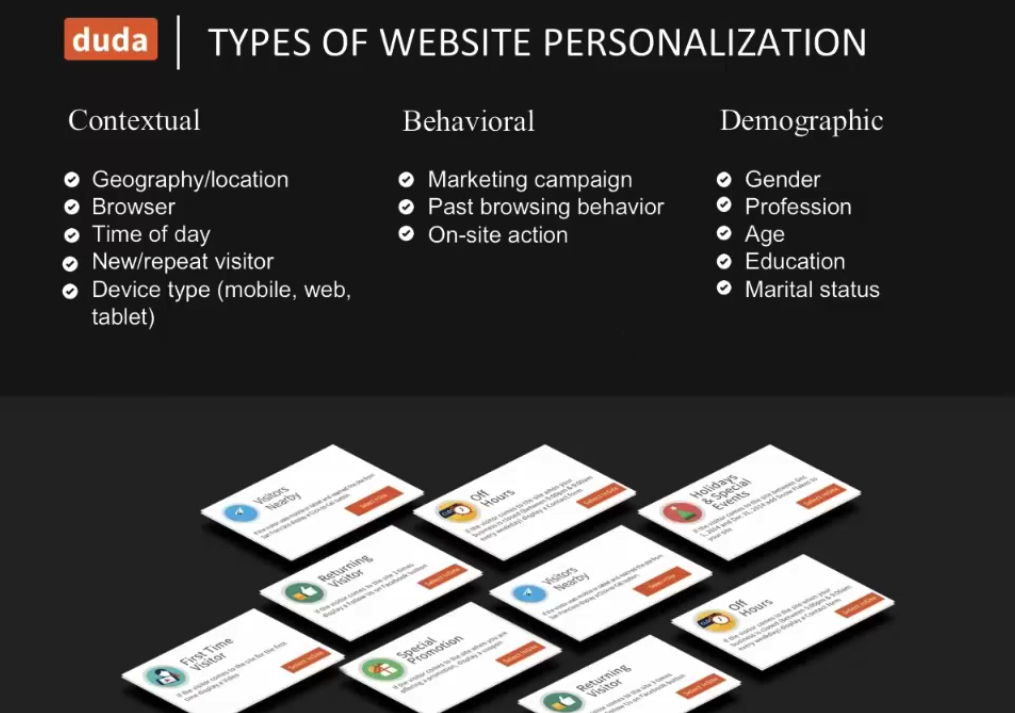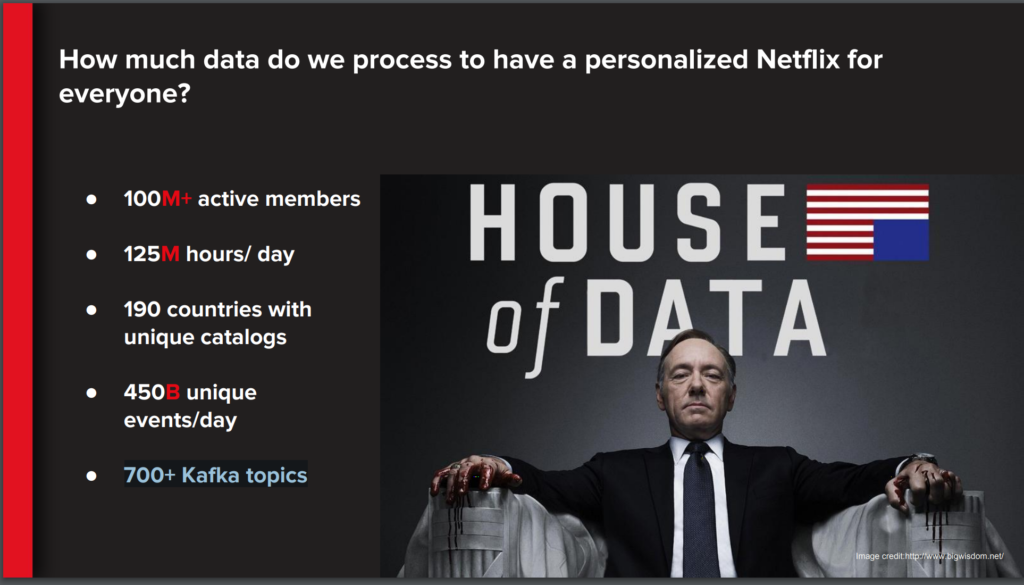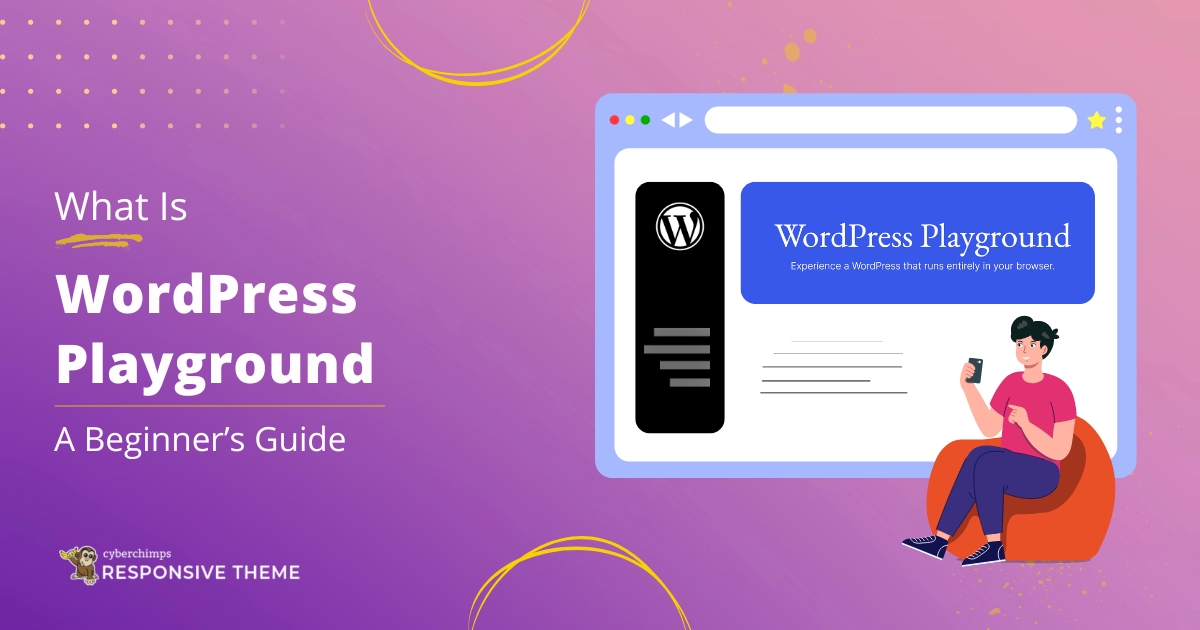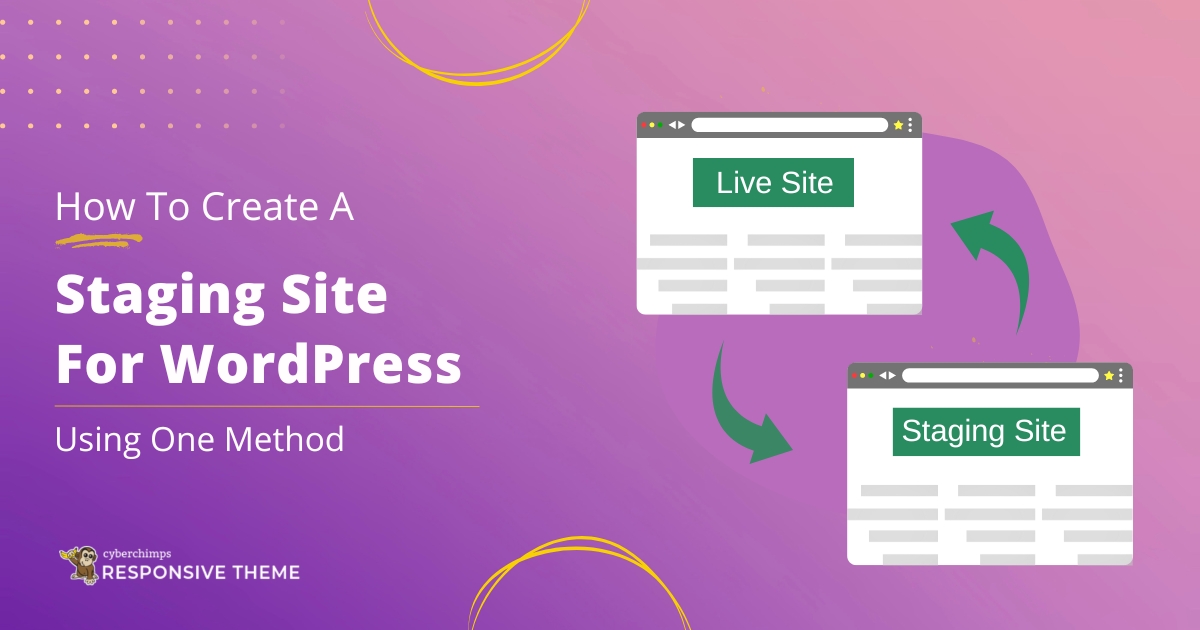In the 2017 State of Personalization Report by Segment researchers found 71% of U.S. adults are frustrated with impersonal shopping experiences.
On the flipside, 49% of study participants reported they made an impulse purchase based on a personalized recommendation. More importantly, 85% of those impulse buyers were satisfied with the purchase, which proves there’s plenty of room to surprise customers in a positive way. There are lots of opportunities to tap into personalization. However, it needs to be implemented in a smartly.
What is Content Personalization?
Each and every website visitor has a different background, interests, motivations, and goals.
Content personalization is a strategy that uses visitor data to provide the right content to the right person in the right format and at the right time. In essence, it helps deliver content tailored to individual users’ interests, aims, and motivations. Examples of personalized content include:
- Highly targeted calls to action.
- Dynamic landing pages based on visitors’ geographic locations.
- Product and content recommendations for industry-specific segments.
- Relevant exit messages.
- Personalized email offers.
Personalization serves as a UX shortcut that delivers users relevant content when they need it. In return, visitors are more likely to like what they see and convert.
Why is Personalization Important?
The most common personalization benefits include:
- Increased engagement and contentment of users.
- Boosted conversion rates.
- Increased revenues.
- Shortened sales funnels.
- Strengthened relationships and customer loyalty.
A clear example of personalization is Neon Poodle. Since launching with ecommerce giant BigCommerce and making use of the platform’s automated “customer groups” personalization features, their website has experienced 11% growth in conversions and 232% increase in YoY revenue.
Smart use of customer groups has allowed Neon Poodle to offer different prices and shipping options for B2B resellers than B2C customers. “The ease of use of being able to split our retail and wholesale customers down the middle and treat them individually as they need to be treated is amazing,” says Jason Gibson, a co-founder of the company. “These are two very different income streams for our businesses, and our site needs to reflect that.”

Source: Neon Poodle.
Content personalization is most effective when used in synergy with other optimization activities, such as:
Web analytics – Analyzing your website’s traffic patterns for insights into what you should offer, to who and when.
Email marketing – Sending out content-driven messages, transactional information and product offers to subscribers.
Lead scoring – Using data signals to determine how ready each audience member is to make a purchase in the near future, and how closely each person resembles your ideal customers.
How to make personalization effective and scalable
Even though comments about the merits of dynamic content personalization are buzzing all over the web for a few years already, most marketers and web designers still have no idea what makes it effective nor how to implement it from a tactical perspective.
Evergage has found that 98% of marketers believe that personalization helps advance customer relationships. Yet 69% of them don’t think they are getting the personalization right.

Source: Evergage.
“Personalization is the most demo’d but least implemented function of digital experience platforms,” claims Tom Wentworth, a personalization expert and CMO at RapidMiner.
This gap between rich personalization opportunities and insufficient expertise in their implementation has sparked a new wave of tools which aim to make personalization easier.
For instance, popular website development platform Duda simplifies things a great deal with its rule-based personalization engine. You can set up various triggers to render widgets, calls-to-action and other conversion-oriented design elements based on visitor’s location, time, device, number of visits and campaign tags.
The platform also supports building your own personalization rules from scratch and adding custom CSS and HTML code, which makes life easier for many publishers and agencies.

Source: Duda.
Monetate is another excellent personalization tool that makes personalization simpler. It provides intelligent customer segmentation and individualized product recommendations that empower retailers to personalize websites in many ways.
A few other industry-leading personalization tools include:
- Evergage – Lets you track visitors’ behavior and enables you to offer the right products, individualized recommendations, incentives and more.
- RichRelevance – Omnichannel personalization tool with personalized navigation, recommendations, and search.
- DynamicYield – An ecommerce personalization stack that helps with testing, messaging and real-time online experiences optimization.
- Barilliance – Customization throughout the customer journey, including live notifications, customer retention, and cart abandonment tools.
You don’t have to be like Amazon or Netflix
The internet powerhouses are the mostly cited personalization examples. And rightfully so – they are nailing it.
However, they also have the enormous budgets, data systems, dedicated data science teams and data repositories to experiment and improve daily.
So unless you have years of data and large data scientist teams who can utilize machine learning to their specific needs, it’s unlikely that you’ll have similar level results.
But that doesn’t mean that personalization is only for those with a huge budget.

Source: Manu Zhang / GitHub.
Beyond the web development platforms and SaaS tools that are making personalization more accessible to today’s marketers and agencies, some personalization experts are offering their services with creative billing models. There are agencies that price their personalization services on a strictly per-performance basis.
So even if your smaller clients don’t have large budgets for developing and executing personalization strategies, you may be able to structure your relationships to include personalization as an add-on.
Today’s digital professionals are empowered to act on data to deliver relevant, individualized experiences to audiences. Even if you don’t get it right away, personalization is a powerful tool that isn’t going anywhere. Most importantly, getting personalization right on your websites doesn’t have to be expensive nor resource consuming. There are many different ways to personalize, and it takes trial and error to find what fits your clients’ businesses best.
If you liked reading this article then don’t forget to give these a read as well:




